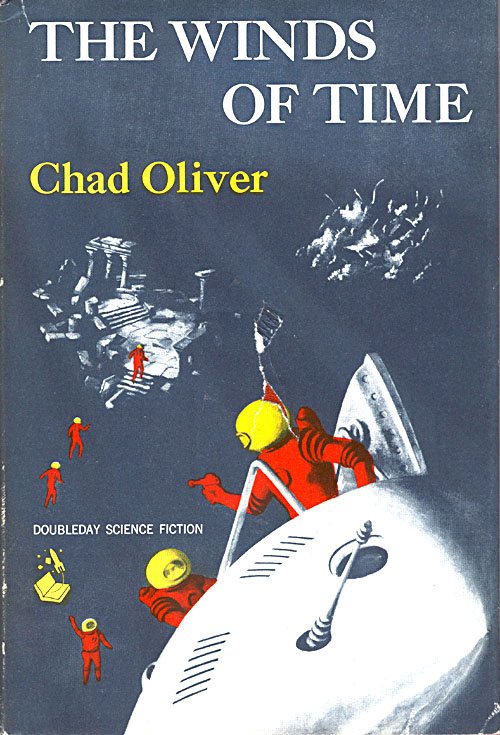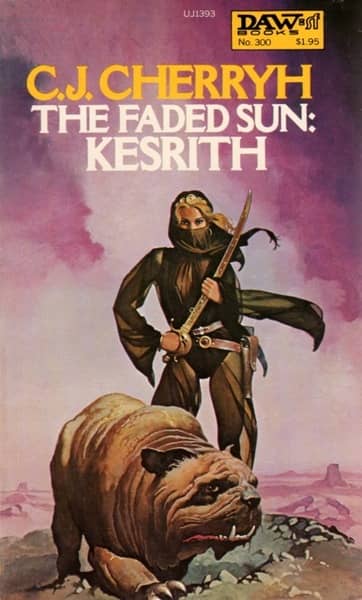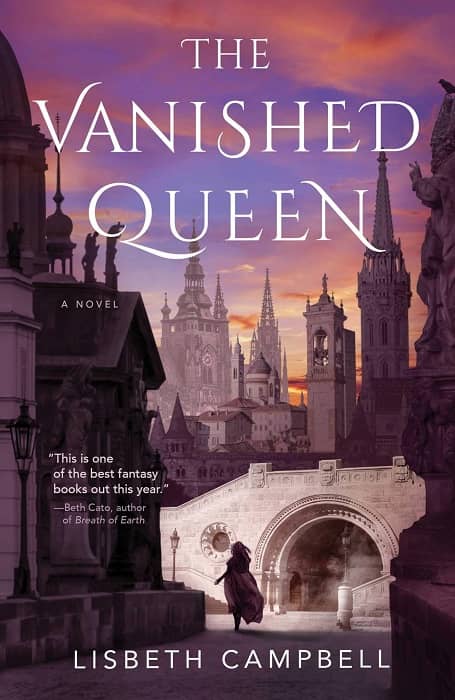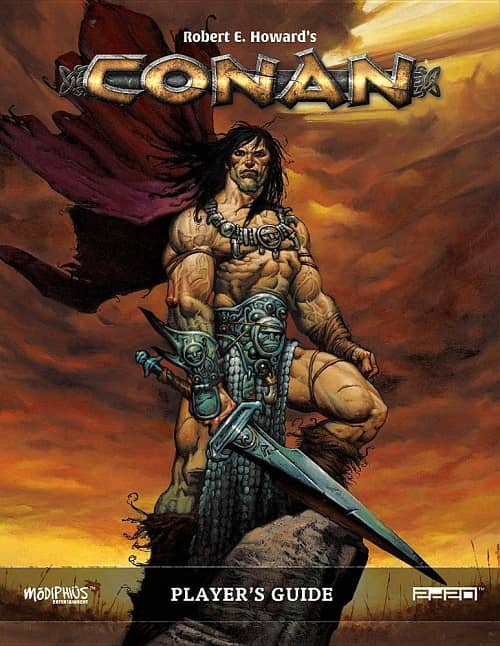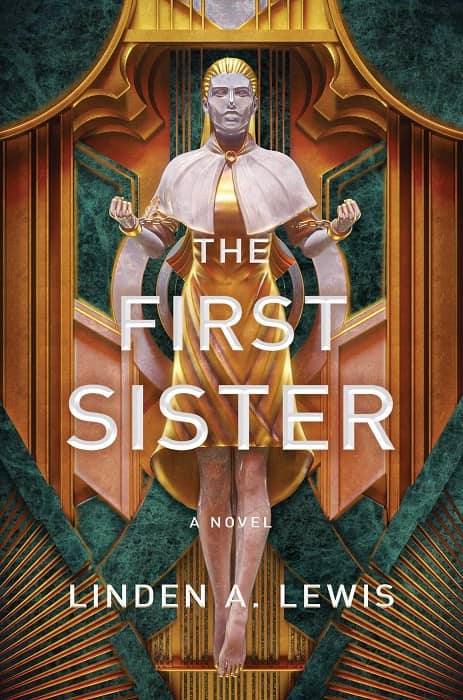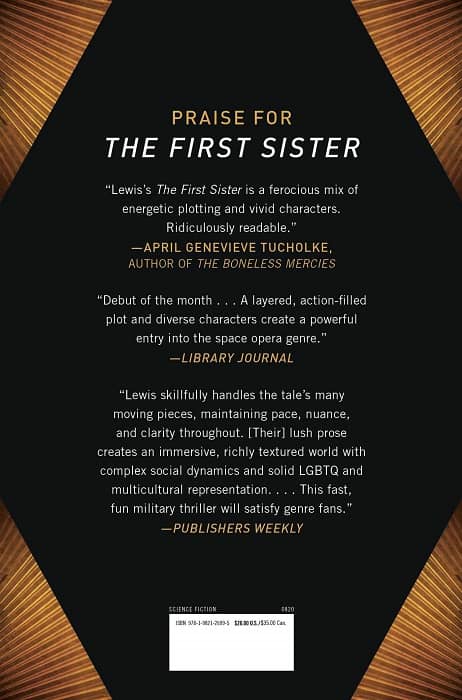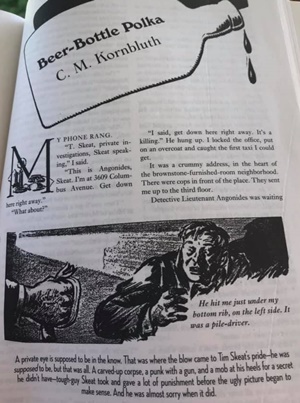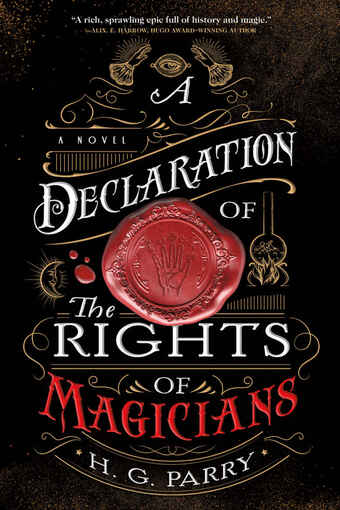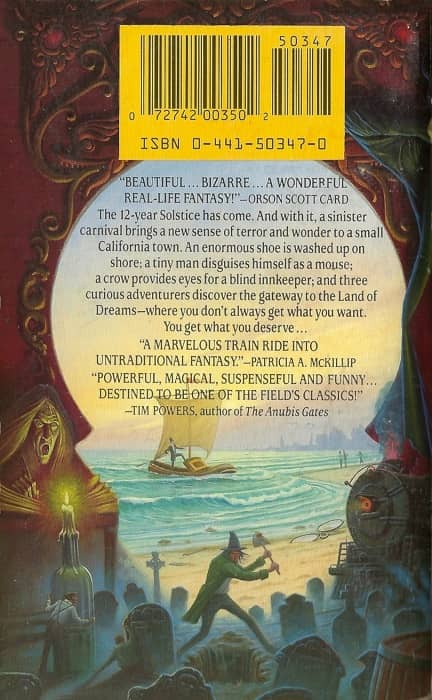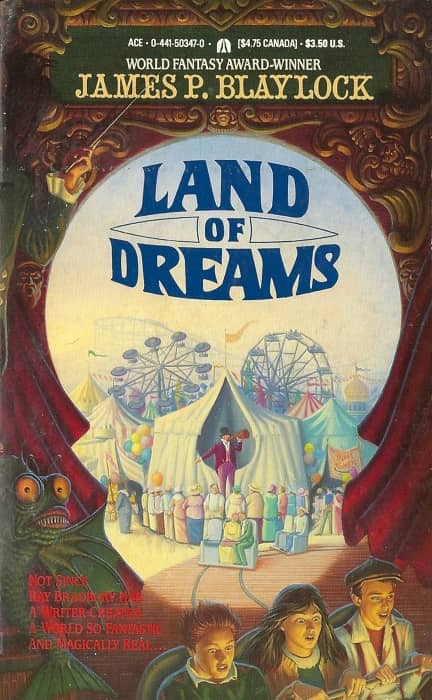Goth Chick News: My On-Again, Off-Again Relationship with Ridley Scott Continues…
There is no director for whom I have more mixed feelings than Ridley Scott. On one hand, he is responsible for some of my favorite movies of all time such as Alien, Blade Runner, and Gladiator. On the other, he is also responsible for several films on the rock bottom of my list such as Kingdom of Heaven, Exodus; Gods and Kings, and the two Alien prequels, Prometheus and Alien Covenant – neither of which I will likely ever forgive him for. I wish I could easily delineate and say as long as Scott sticks to science fiction, he’s generally good, but no joy.
So, it is with mixed feelings that I dig into his latest project, Raised by Wolves.
Originally created for Turner Network Television (TNT) the project was recently moved to the streaming service HBO Max as a 10-episode miniseries. This marks Scott’s debut on the American small screen as he is personally directing the first two episodes, while acting as executive producer for the rest.
Scott has done a fair job of keeping the plot of Raised by Wolves a secret. From what I’ve learned, you think you’re getting the gist from the trailer and the official synopsis, but from what I can piece together, the storyline goes much deeper and darker.

